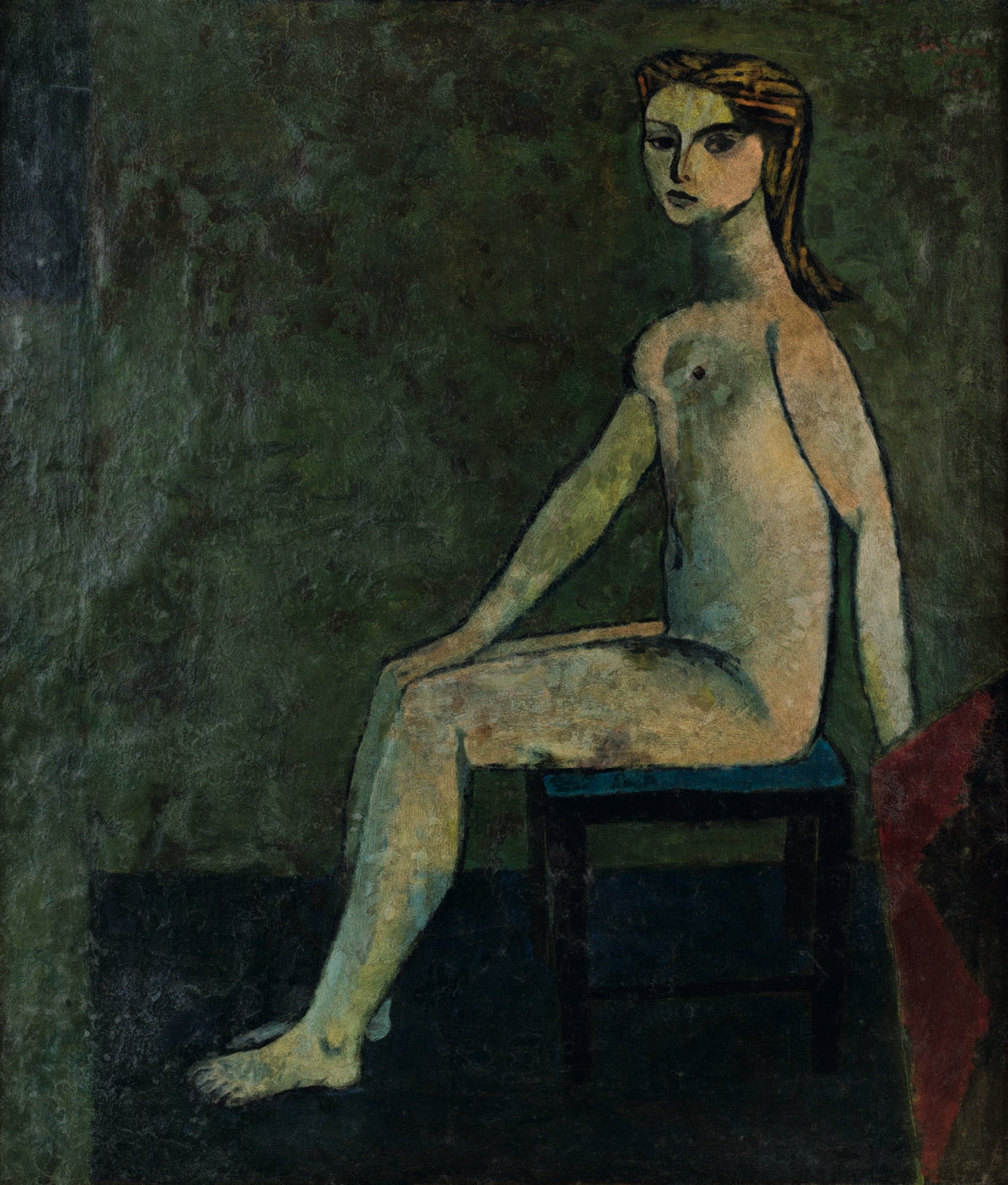Participants touring the exhibition Souvenirs of the Future exhibition with a guide draw inspiration from the symmetric, repeating motifs of ceramics. Under the guidance of Assoc. Prof. Selçuk Artut, the workshop provides insights into the history of "geometric arts" that emerge between the concepts of art and craft, and the complex symmetrical relationships among geometric shapes. In the workshop, geometric patterns initially drawn by hand with a compass and ruler become processable on the computer screen through creative coding. This human-computer interaction workshop allows for the use of coding in the production of geometric motifs that are mathematically analyzed.
Note: It is not mandatory to bring a computer to the workshop. Participants who wish to try the application on their devices can bring their laptops.
Instructor: Selçuk Artut
Capacity: 15 people
Duration: 180 minutes
Fee per workshop: 300 TL
Fee per workshop for students: 150 TL (Participants are requested to show their student IDs at the entrance.)
The event will take place at the Pera Museum (face-to-face).
For more information: ogrenme@peramuzesi.org.tr
About Selçuk Artut
Assoc. Prof. Selçuk Artut focuses on the theoretical and practical dimensions of human-technology relationships in his works. An author of seven books and editor of one, Artut serves as an Associate Professor in the Visual Arts and Visual Communication Design Program at Sabancı University, where he primarily teaches Sound and Interaction courses. A member of the Post-Rock Avant-Garde music group Replikas since 1998, Artut has been releasing various albums and, since 2016, is a founder of RAW, a visual-auditory performance duo producing works with creative coding and live coding techniques.

Henryk Weyssenhoff, author of landscapes, prints, and illustrations, devoted much of his creative energies to realistic vistas of Belorussia, Lithuania, and Samogitia. A descendant of an ancient noble family which moved east to the newly Polonised Inflanty in the 17th century, the young Henryk was raised to cherish Polish national traditions.

A series of small and rather similar nudes Bedri Rahmi Eyüboğlu and Eren Eyüboğlu produced in the early 1930s almost resemble a ‘visual conversation’ that focus on a pictorial search. It is also possible to find the visual reflections of this earlier search in the synthesis Bedri Rahmi Eyüboğlu reached with his stylistic abstractions in the 1950s.
Tuesday - Saturday 10:00 - 19:00
Friday 10:00 - 22:00
Sunday 12:00 - 18:00
The museum is closed on Mondays.
On Wednesdays, the students can
visit the museum free of admission.
Full ticket: 300 TL
Discounted: 150 TL
Groups: 200 TL (minimum 10 people)